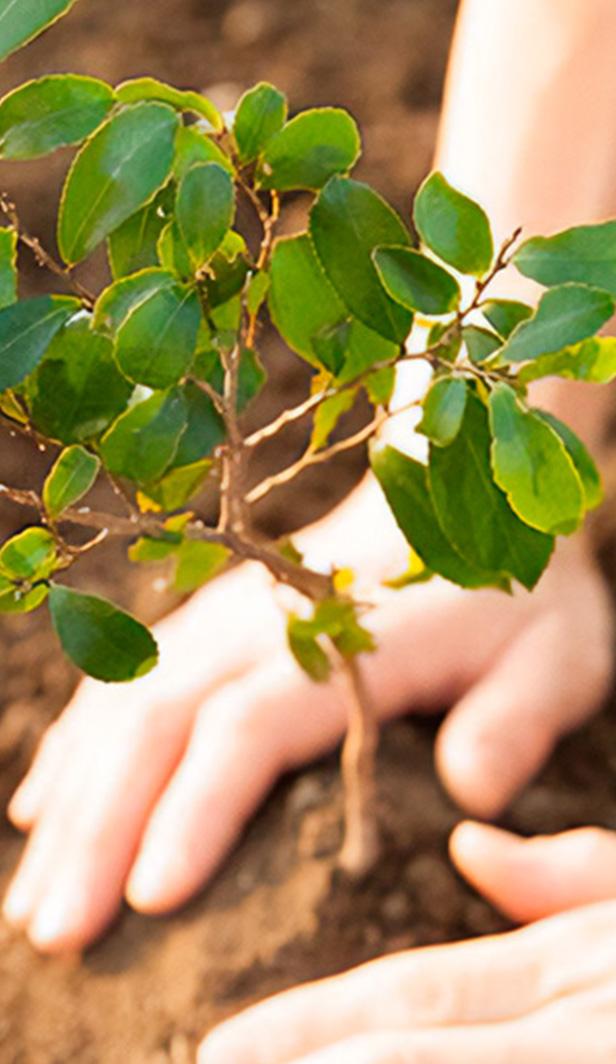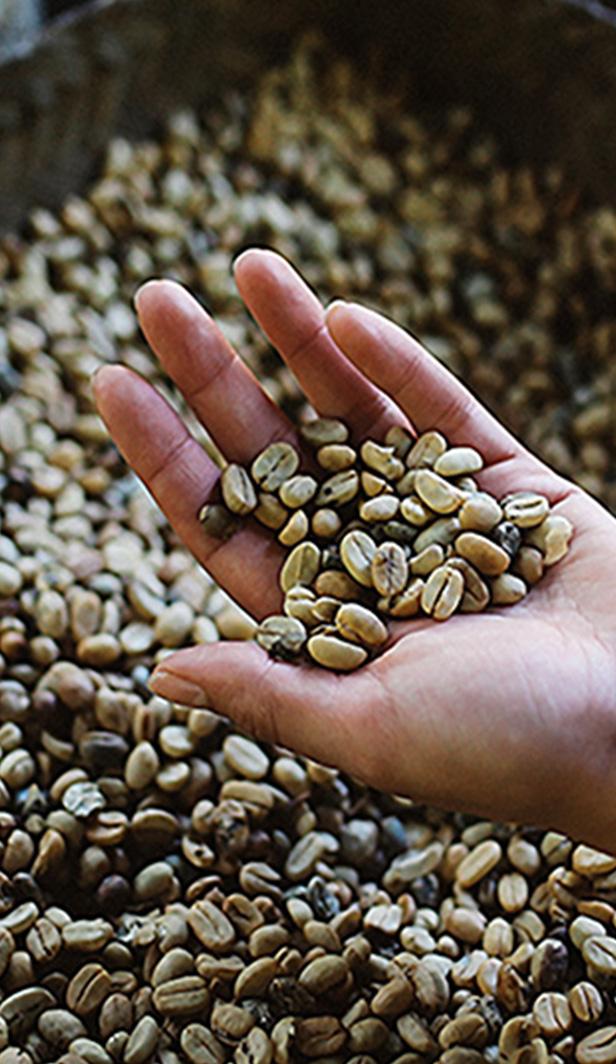Classification by Moisture Content of Coffee Beans
The first parameter commonly considered in determining coffee quality is the moisture content of the coffee beans. After (washing) and (drying), green coffee beans are aimed to achieve a moisture level between 9%–12%. If they fall outside this percentage range, coffee producers may struggle in the roasting process and maintaining consistent coffee quality.
Read Also: Here Are the Differences Between Green and Black Coffee
Classification by Coffee Size
The size of coffee beans is also an indicator of coffee quality. Before proceeding to the next classification process, coffee beans are placed on sieves with predetermined sizes. If the percentage of coffee beans passing through these sieves is below 5%, then the coffee size can be considered suitable for further classification processes.
Classification by the Number of Defects
There are many types of coffee, and likewise, the classification process is also varied. However, among various methods, one of the most commonly applied classification processes is by examining defects or coffee that is not suitable within a sample.
By assessing the number of defects, producers can compare them with the number of acceptable coffee beans and evaluate the overall quality of the coffee beans. From there, coffee can be given a specific grade or rating, such as grade 1 for the highest quality coffee and grade 6 for the poorest quality or the most defects.
Several classification processes for green coffee using this method are applied in the Specialty Coffee Association of America (SCAA) Green Coffee Classification and Brazilian/New York Method. Although similar in general terms, these two classification processes have different indicators in determining defects.
Proper Storage of Green Coffee Beans
Interestingly, it's not only coffee producers who need to know how to store green coffee properly. Coffee enthusiasts also need to know. This is due to the increasing number of ways to consume green coffee that can be applied directly without the need to roast the coffee beans. For example, boiling green coffee beans with water and serving them with ginger.
Here are some things to consider when storing green coffee beans to maintain their quality!
- • Store them in a place with stable humidity levels, neither too high nor too low.
- • Ensure the storage place has room temperature, not cold like in the refrigerator or freezer
- • Place the green coffee beans in a dark place to avoid evaporation due to sunlight.
- • Avoid storage places that are prone to pests that can reduce coffee quality.
By following the above tips, you can ensure that the coffee beans are fit for consumption. In fact, if the methods used are optimal, green coffee beans may last for months!
So, that was the discussion about the classification or various grades of green coffee beans. Basically, every coffee producer will only sell coffee products of good quality and suitable for consumption. Nevertheless, you still need to apply various methods to maintain coffee quality, such as paying attention to storage methods.
But, if you want a hassle-free way to drink coffee, you may consider using instant coffee. One example you can choose is NESCAFÉ Classic made from 100% natural robusta coffee beans where raw coffee beans are roasted and specially formulated until they become instant coffee powder that is easily soluble with aroma and flavor that are always preserved.

Today’s community favourites




